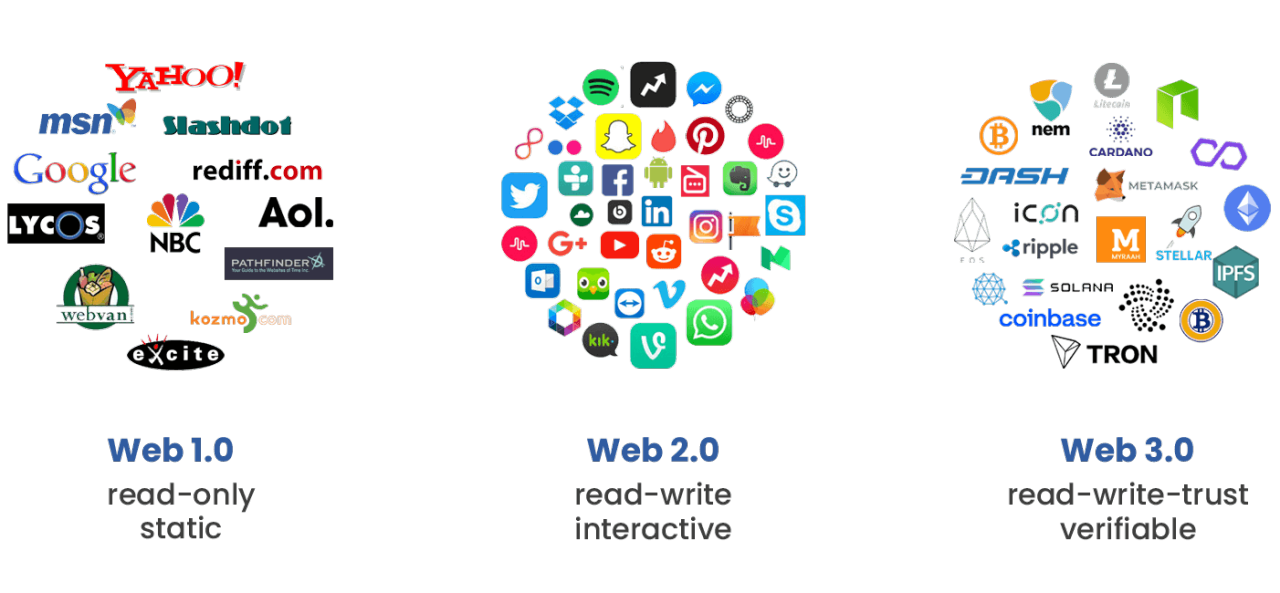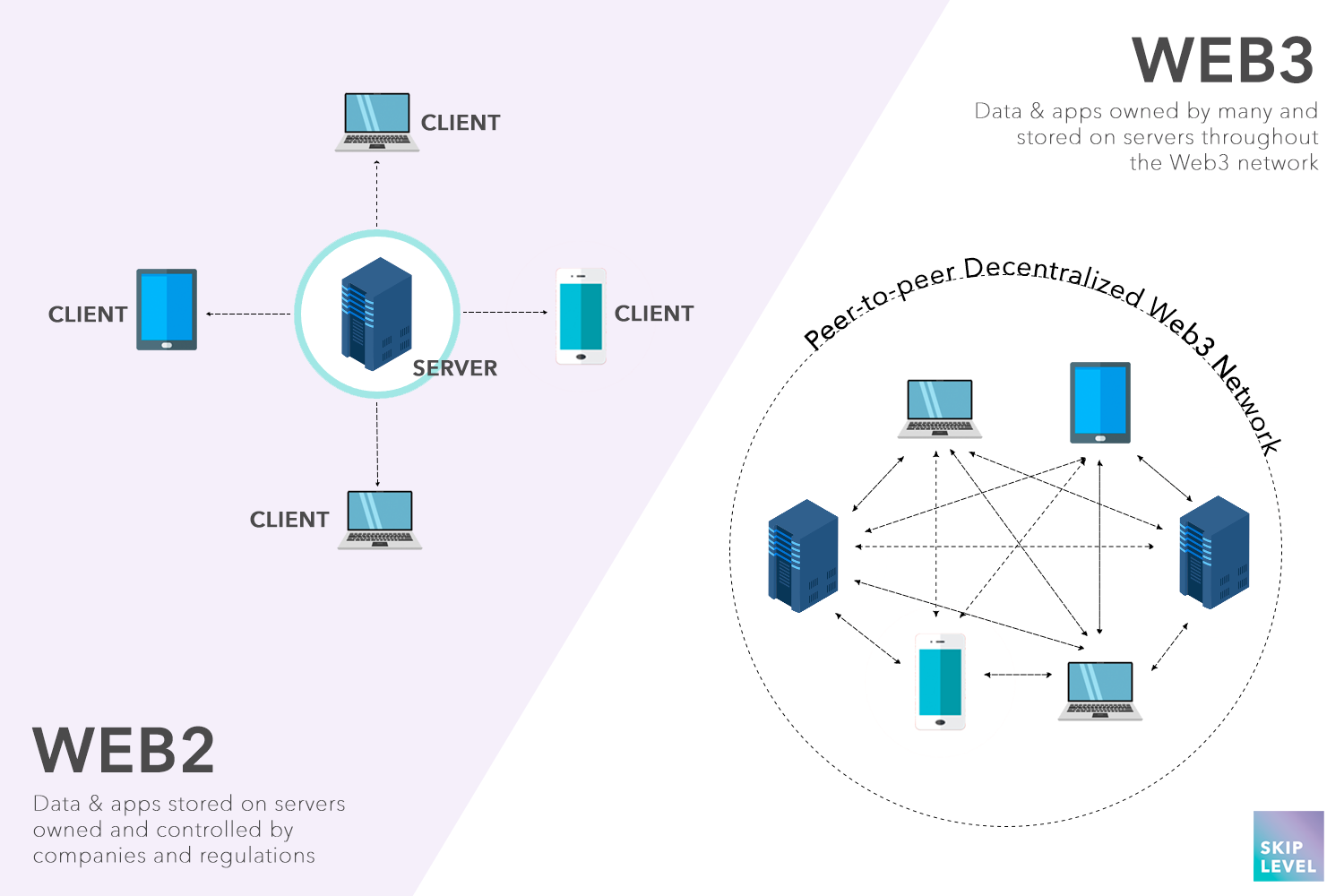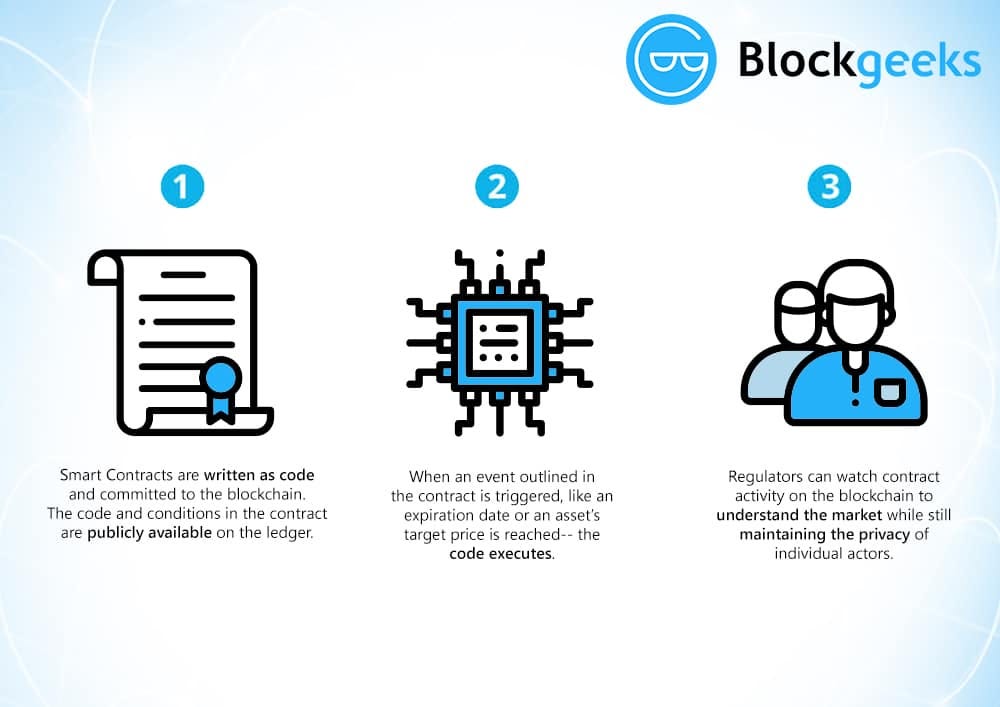
Hello everybody. Today I would like to talk to you about the evolution of the internet and an important change that has been happening for a while. The majority of people still don’t know much about the Web3 concept. Let’s contribute to the solution of this problem.
The process until Web3 and Web3
When we look at the evolution of the Internet, we first encounter the concept of Web1. In the Web1 era, data was only available in a “read-only” format. In this period, we could mostly access pre-processed data and the possibility of interaction was limited.
Later, Web2 came into play. In Web2, data was available in both readable and writable formats. In this way, interactions between people over the internet increased and users became more active in creating and sharing content.
After this process, a completely different world emerged, which we call Web3.

Where did Web2 fall short?
Although Web2 encourages interaction between users and content creation, it has some important shortcomings. The first of these shortcomings is centralisation. Our data is controlled by large corporations, leading to data privacy concerns.
Another shortcoming is data ownership. Users do not get their fair share of the data and content generated by the platforms, leading to an unfair economy. Another problem is security. Centralised systems are more vulnerable to cyber-attacks, which increases risks such as data breaches.
Web3 aims to create a fair and secure internet structure to solve these problems. This structure is based on decentralised structures, blockchain technology and cryptocurrencies. In this way, a fairer environment is provided in terms of data ownership and privacy, while enabling secure transactions.

Web3 Future
Web3 has the potential to shape the future of the Internet by offering a vision of a decentralised Internet. This new paradigm promises to give users more control over their data, create a fairer and more democratic online environment, and provide new opportunities for innovation and entrepreneurship.
However, Web3 also has some challenges to overcome. Technical complexity, lack of regulation and lack of adoption may pose barriers to the widespread adoption of this new technology. In addition, security risks and potential fraud attempts are also important issues that need to be addressed.
Although the future of Web3 is uncertain, its potential is enormous. This new understanding of the Internet has the power to transform the way we interact with the Internet and create a better online world. It will be exciting to see the development and future impact of Web3.
The future of Web3 will depend on collaboration and innovation. Governments, companies and individuals must work together to responsibly develop and deploy this new technology. By working together to realise the potential of Web3, we can create a fairer, more democratic and more prosperous future.
Smart Contracts: Trust and Automation in the Digital World
Smart contracts are digital contracts designed to be automatically executed when certain conditions are met. Powered by blockchain technology, these innovative tools make it possible to automate transactions where human intervention is not required while increasing trust and transparency.
Smart contracts have a wide range of applications in various industries. They can be used in areas such as financial transactions, supply chain management, property rights and voting. For example, a smart contract can automatically transfer ownership when certain conditions are met in the sale of a house (for example, when payment is completed). This can lead to significant efficiency and cost savings by simplifying complex and time-consuming processes and reducing the risk of human error.

Smart contracts are still an emerging technology and face significant challenges. Issues such as technical complexity, lack of regulation and security risks pose barriers to widespread adoption.
However, as these challenges are overcome, the potential of smart contracts is great. It is possible that smart contracts will transform the way the internet works, creating a safer, more efficient and fairer digital world. By strengthening the technical infrastructure and increasing security measures, along with improved regulations, the spread and use of smart contracts will increase. This can provide significant benefits for the digital economy and society.
Conclusion
I understand these conflicting feelings about the development of the Internet and the world of Web3. Indeed, it is difficult to create a precise roadmap about the future of Web3. However, given the developments in recent years and the potential of Web3, it is possible to say that this new technology has the potential to become a new philosophy of our lives.
On the other hand, Web3 is still in its early stages of development. There are many more challenges and uncertainties in this area. However, it would not be wrong to say that change is inevitable and Web3 is a part of this change. We may not know exactly where we are going, but we can see that change and innovation are inevitable. Frankly, I don’t know where we are going either, but something has to change and it is changing.
What do you think?
References




评论 (0)